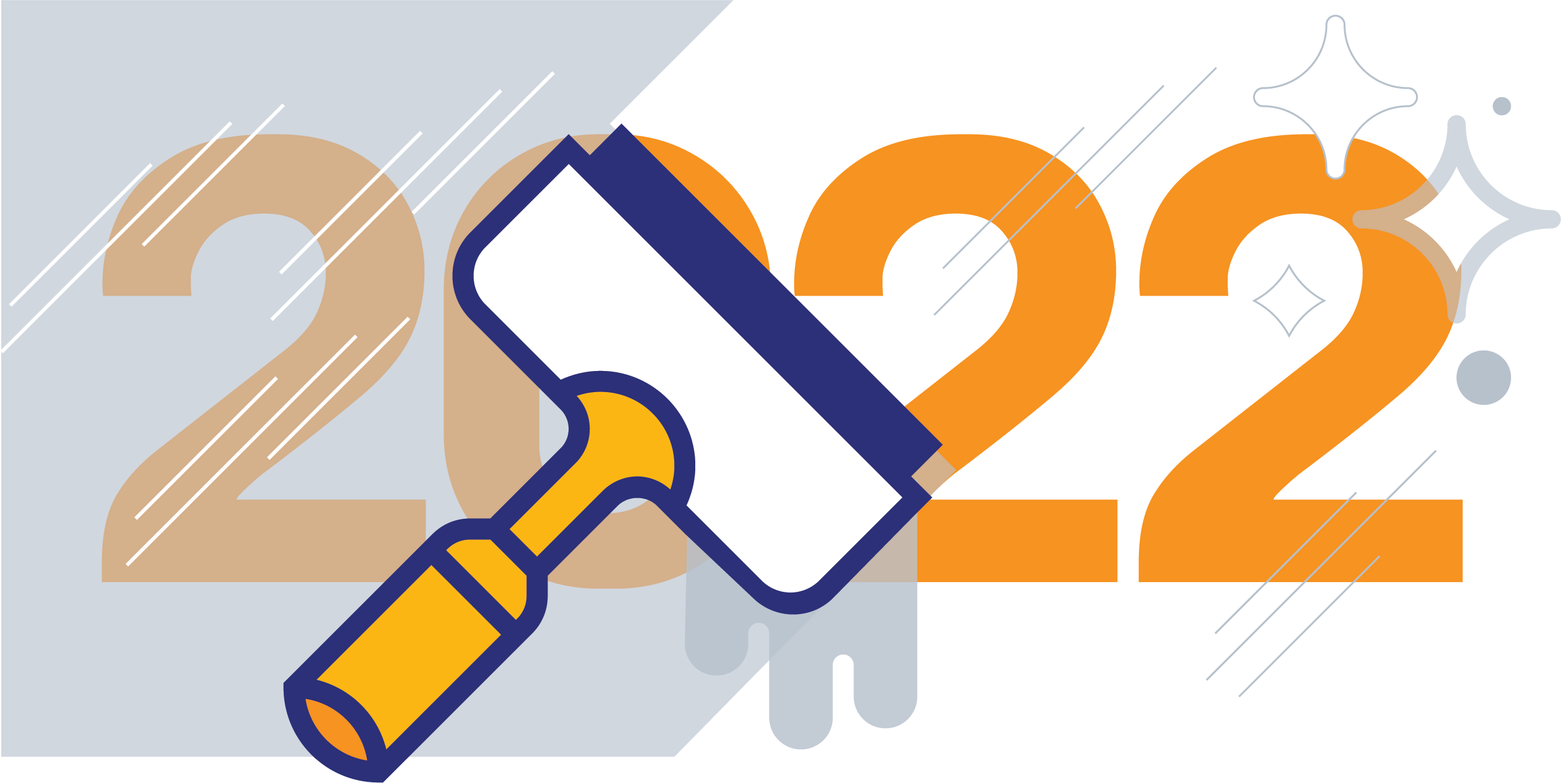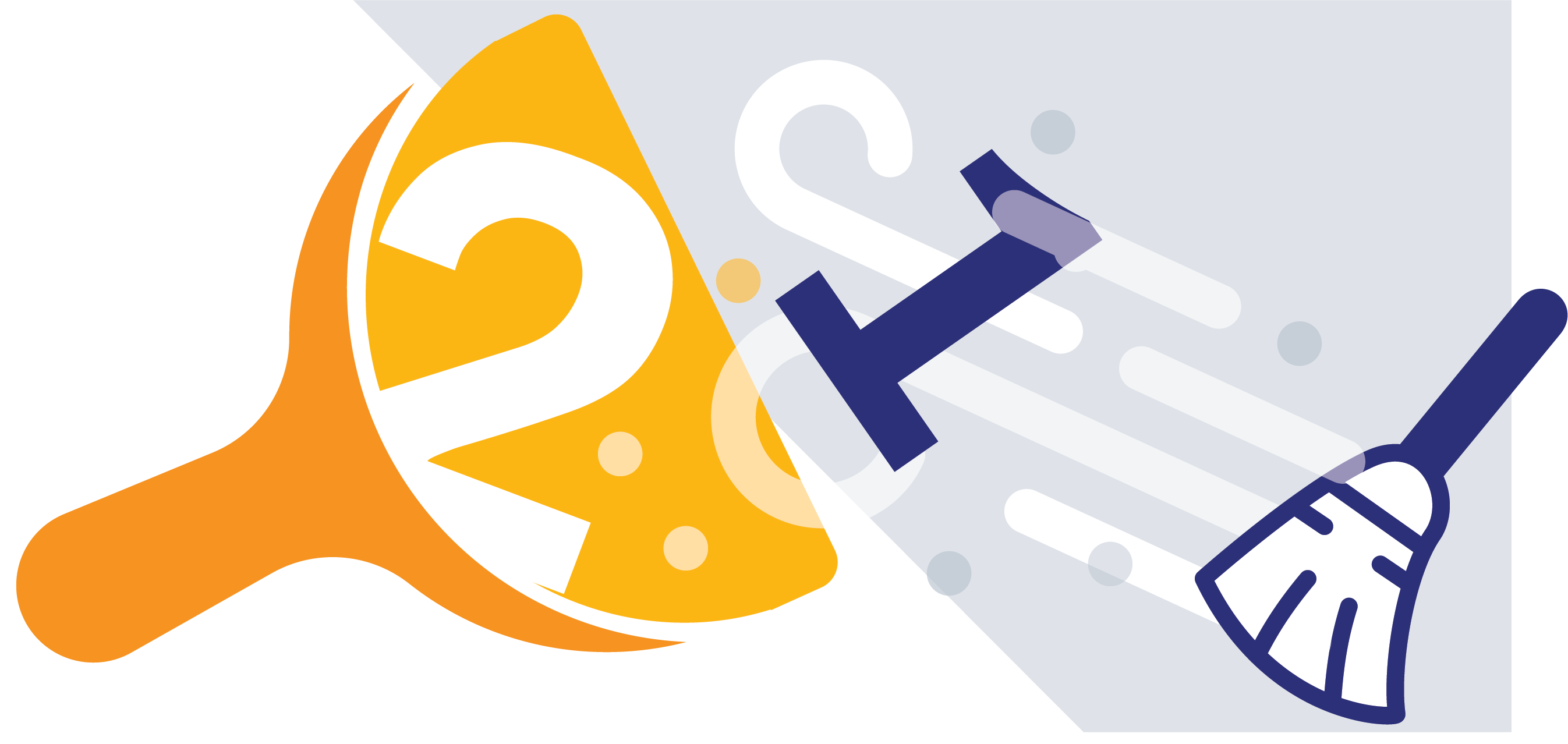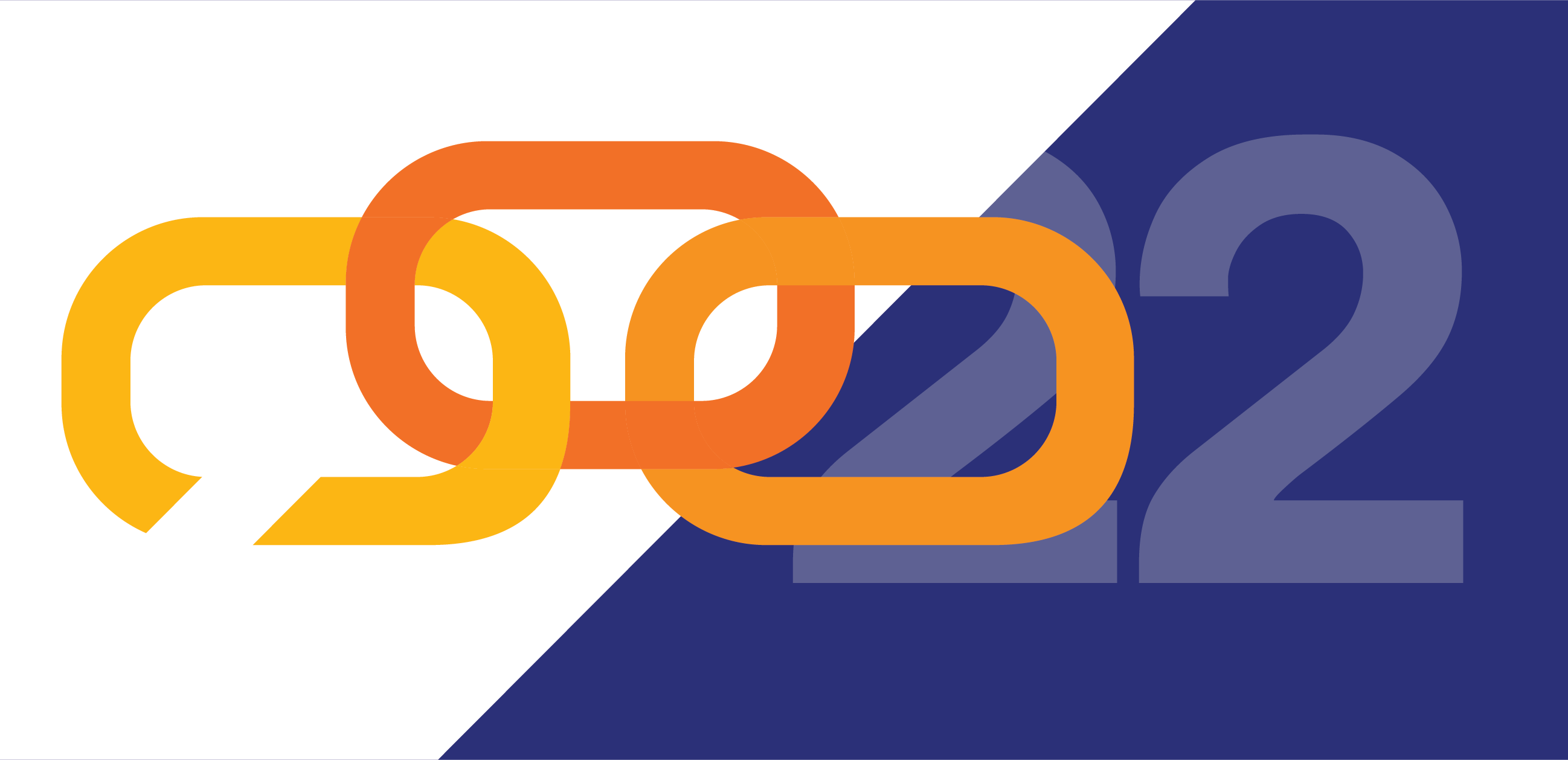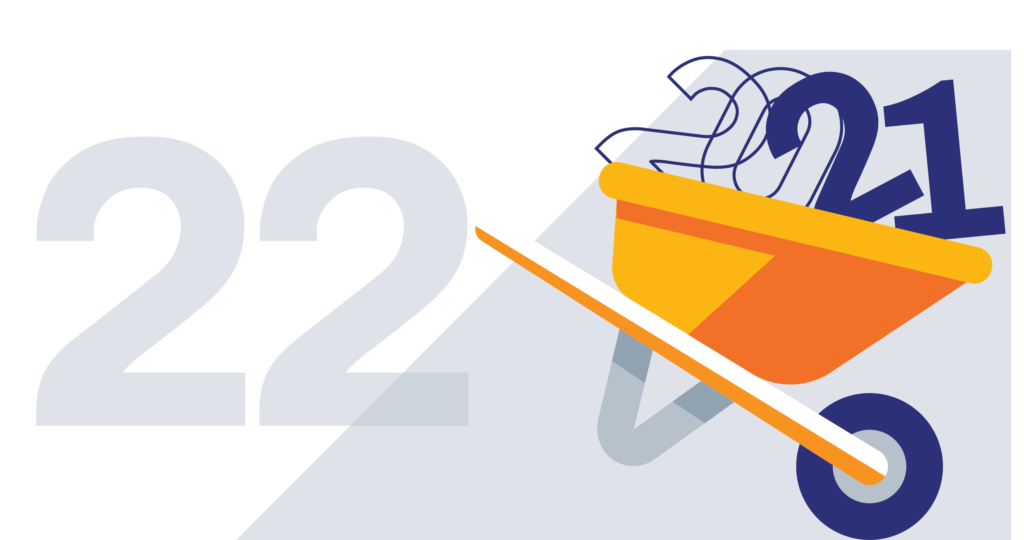Read time: 6 minutes
With 2021 officially behind us, it’s time to address the question that everyone asks to start the year:
What can I do to set my business up for success?
For many people, including us, a lot of that attention is directed towards our website.
With advancements in technology and the COVID-19 pandemic continuing to limit what people are able to do in person, it’s become increasingly clear that the way forward for businesses is online.
Whether you’re an e-commerce business, a creative agency, or a small coffee shop, any business can benefit from a strong online presence.
Frankly, we feel a website is critical for most businesses to grow in this current world.
It is the “hub” for the rest of your online efforts.
But how can you make sure your business is prepared for the online challenges of this year?
How can you make sure that your audience and customers get everything they need from your business online?
When it comes to a website, thoughtful preparation is key, and every situation will be different based on the needs of your unique business.
With that said, there are a few common things we’ve seen most businesses do to ensure they are prepped and ready for the new quarter and year.
Update and optimize your content

If you’re not sure what to do in regards to preparing your website, this is a great place to start.
Updating and optimizing your content is the tried and true way to ensure your messaging stays consistent and relevant to your audience and search engines.
Now if you have a blog, this is where you’ll spend most of your time.
Although there could be a ton of things you can update, the best way forward is to start simple.
Focus on updating any old dates to evergreen content, changing the name of your business if you went through any sort of rebrand (we did!), and updating any broken links.
And if you really want to make sure all of your content is updated and optimized, make sure your blog content is updated with trends, best practices, and references from the last few months!
Although not every industry will have changes every few months or years, making sure your content is updated to reflect that when it does happen shows your audience that you are staying up-to-date.
Oh, and if you want to really go big, take some time to evaluate the messaging on your homepage and service pages.
Are they still resonating with your audience’s pain points and interests? Is it still speaking to your business’s values and offerings?
Although this will take a little more time, it can pay dividends in the long run when a visitor lands on your site and knows exactly what you’re all about and how you can help.
Test your CTA’s

If you have a website, it’s likely you have some CTA’s set up that asks your visitors to take a specific action.
What that CTA will be varies depending on your business model, as some businesses ask visitors to simply sign up for a newsletter, while others hope for people to schedule a call or even make a purchase.
But regardless of what your CTA button asks for, it’s so important to make sure it works.
Although this may sound obvious, you’d be surprised by how many businesses miss out on potential leads, purchases, and subscribers all because of a malfunctioning CTA button.
Spend some time testing every CTA on your website. From your newsletter signups to your call consultations, make sure everything is coming through the way you want it to.
Additionally, make sure you set up analytics on each CTA button click to see how many people actually decide to click it and not follow through with that process (you’ll know if they didn’t by your CRM). You’ll learn how many people see through the entire process of submitting a form or completing a purchase and who doesn’t, which can help you optimize your process and ensure more people are completing the final stage of your funnel.
By testing your CTAs, you’ll make sure that you never miss out on a subscriber, consultation, or purchase…all because of a silly button.
Clear out any unused plugins

Of all the recommendations we make, this may be the most important one to do.
For most WordPress websites, they are equipped with a variety of plugins to help make the site more usable for both visitors and webmasters alike.
And with WordPress providing access to thousands of plugins — with more being built each month — it’s unsurprising that backend users may end up with a library of used and unused plugins on their website.
But there’s a problem with that
Having too many plugins on your website could dramatically impact the speed and overall quality of your site.
Although it might be easy to simply “turn off” the plugin and forget about it, the truth is that your website is still affected by it, even when the plugin is “off.” That extra space that’s being consumed by that plugin could be the reason why your site is loading up slower, why another plugin you’re currently using isn’t working, or why a page is down.
And when you have a bunch of unused plugins sitting in your library, you can imagine how complicated that issue can quickly become.
Take some time to review all the plugins your WordPress website may use and ask yourself:
“Do I really need this?”
If not, delete it!
At the end of the day, you’ll always have an option to download it again later (or download a better version of it if the current iteration is gone).
Slow site speeds could be the reason why someone clicks away from your website…well before they even get a chance to explore it.
By clearing out any old plugins, you’ve taken a small step to ensure that’s never the case.
Search for any broken pages and links

While you are doing your content updates and optimization, make sure you keep this in mind too.
As your website continues to grow and is populated with more content, it’s not surprising for links to break. There’s a number of reasons for this to happen too.
Some websites you may have grabbed the link from may no longer exist or have changed their URL. Maybe links you use internally may have been accidentally changed during a recent content refresh (that’s happened with us!).
Although you may need some extra digging to do to find out why the link is broken, the more immediate problem is that there is now a broken link on your site, and you need to fix it!
So when you’re looking to optimize or refresh your content, make sure you test all the links listed to see if they still work and bring you to the right place!
If not, replace the link with the right URL or a different URL with information that’s pertinent to the content.
A strong user experience is all about the details, and ensuring that your links work is just another way to protect this experience.
We hope these tips give you the tools you need to set up your website for success this year!
Looking for more tips like this to ensure your website is at its best all year long?
Make sure you sign up for our Unity Insights newsletter!
We give you tips and tricks around design, development, and web accessibility to ensure you are always ahead of the game, along with that week’s blog post and much more.
Hundreds of subscribers are able to enjoy insights from our team and ensure their website is producing the results they want, and we’d love for you to join us!

